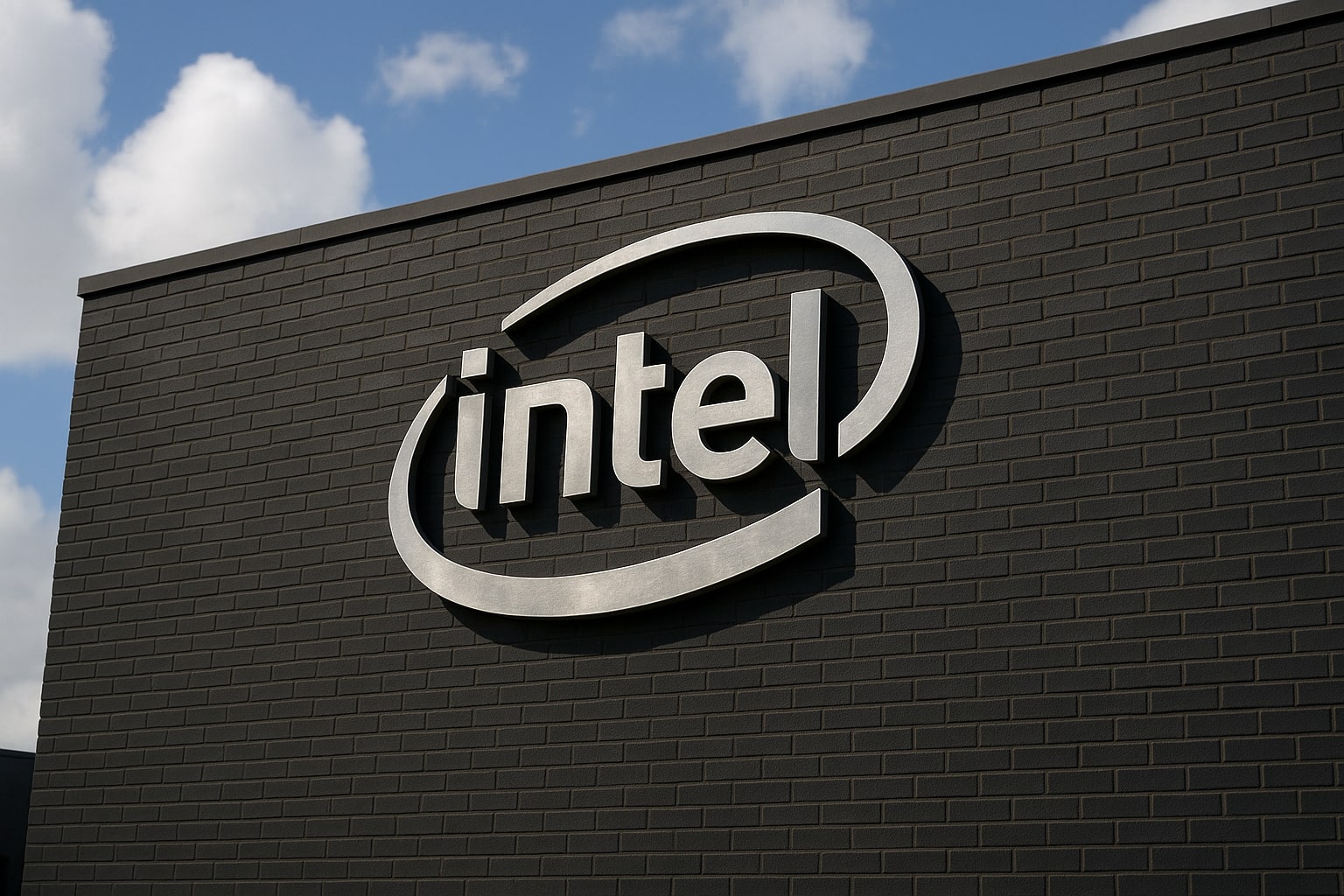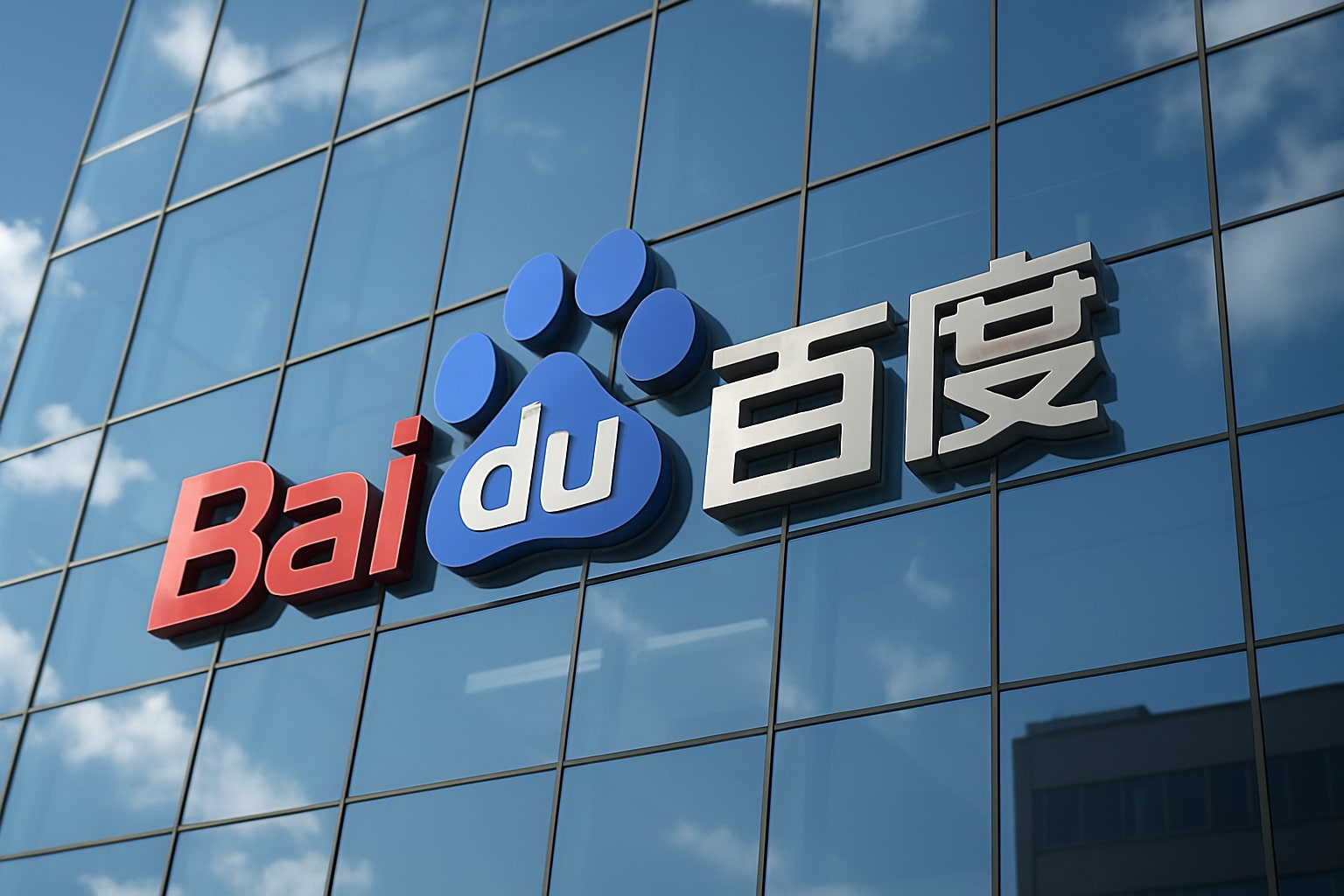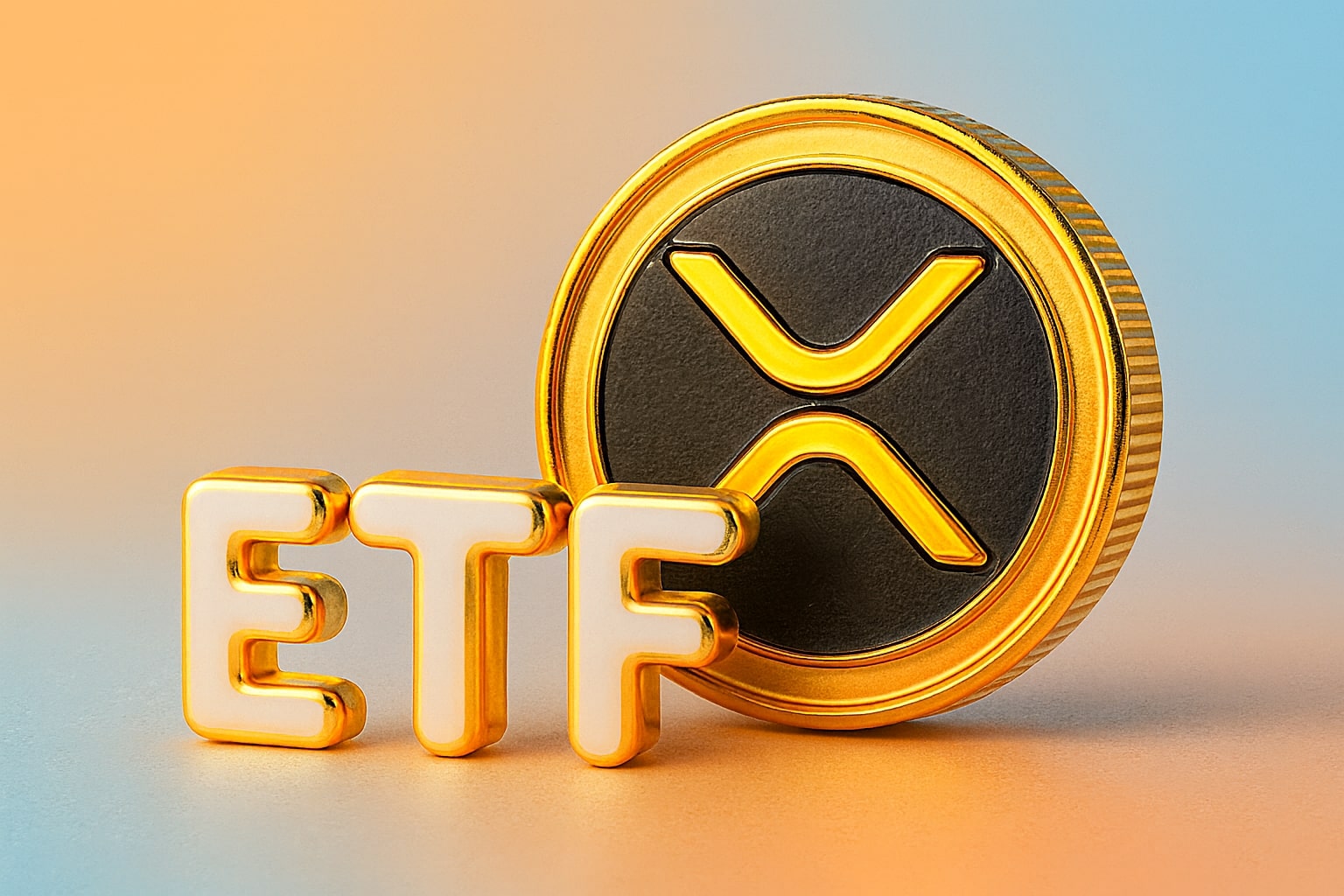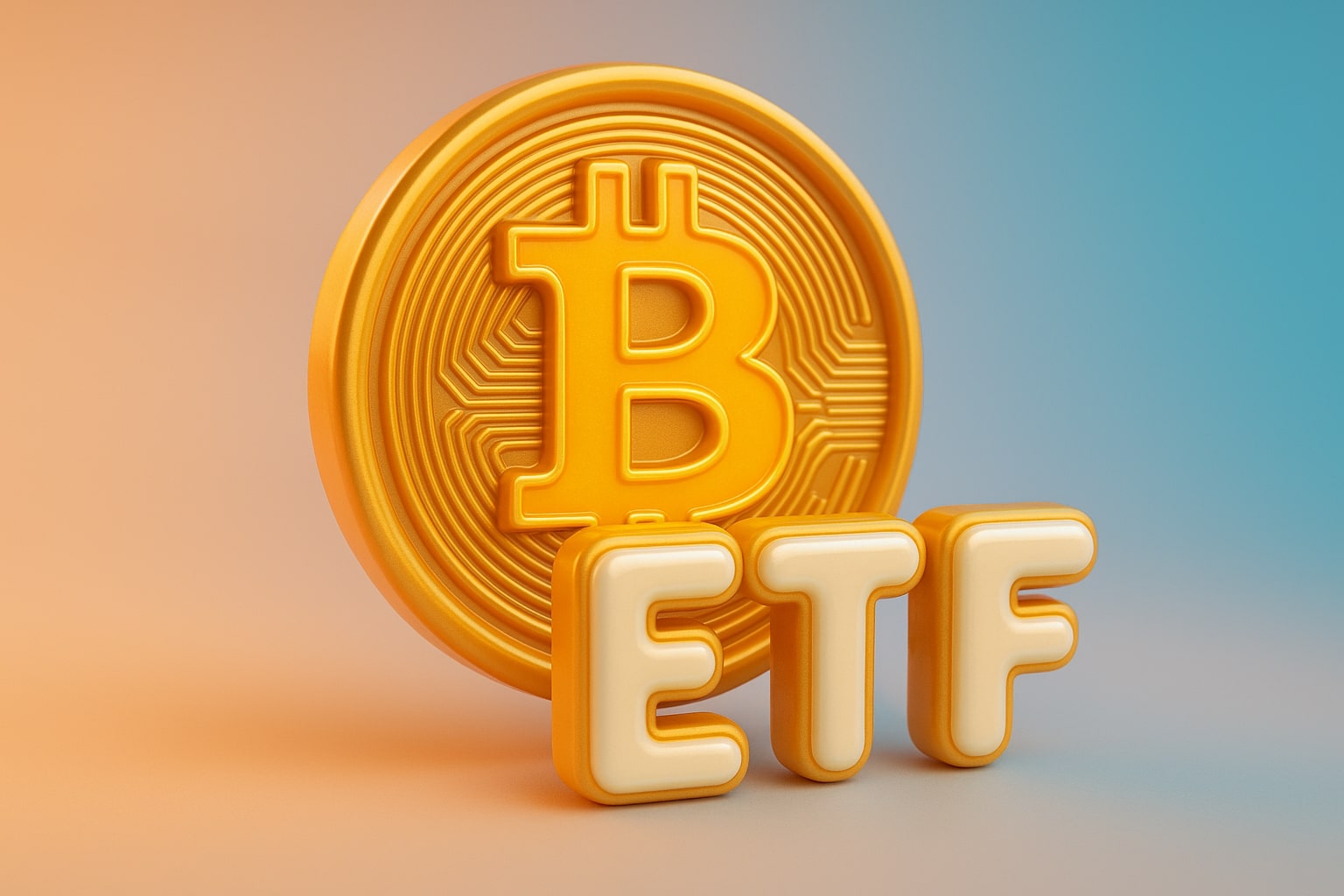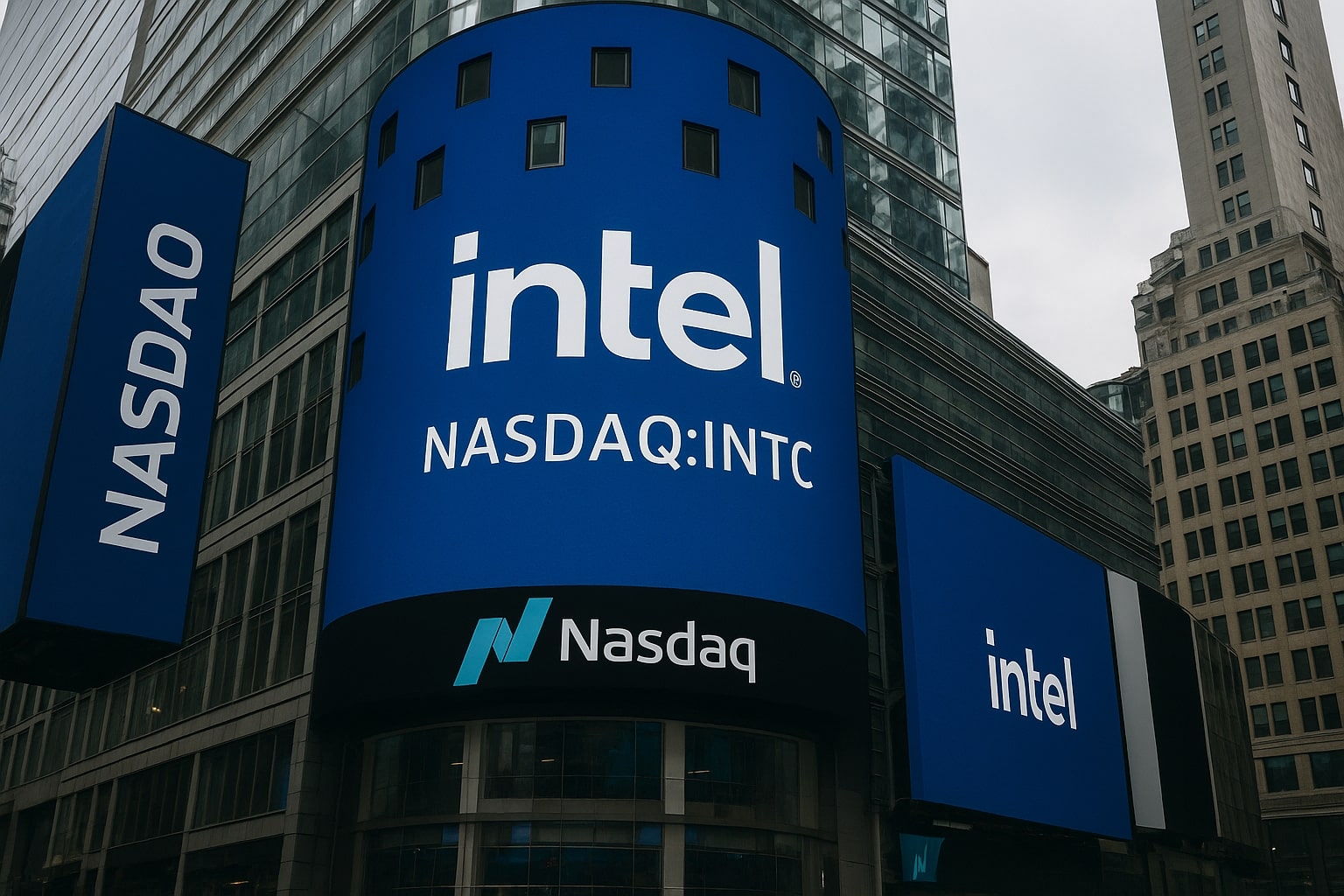
Intel (NASDAQ:INTC) Stock Surges on $2B SoftBank Deal and Potential U.S. Government Stake
SoftBank buys in at $23 per share, U.S. eyes equity conversion, and Intel’s 18A process with Panther Lake CPUs emerges as key to its AI and foundry revival | That's TradingNEWS
NASDAQ:INTC Secures $2 Billion SoftBank Lifeline
Intel (NASDAQ:INTC) surged more than 7% to trade just above $25 per share, following confirmation that SoftBank Group committed a $2 billion equity injection priced at $23 per share. The move makes SoftBank the sixth-largest shareholder, with an ownership stake just under 2%. This development comes after Intel’s worst financial year in decades, posting a $18.8 billion loss in 2024, and losing nearly 60% of its stock value across the year. For CEO Lip-Bu Tan, who only took over in March, the infusion buys breathing space to recalibrate Intel’s turnaround plan while maintaining its commitment to compete in advanced chip fabrication.
Foundry Struggles and SoftBank’s Bigger Ambitions
The capital injection follows months of speculation that SoftBank founder Masayoshi Son had been in talks with Intel’s leadership about acquiring the faltering Intel Foundry Services unit outright. While the announced investment is limited to common stock, discussions reportedly included joint ventures and potential outright acquisitions of Intel’s foundry arm. That division has been plagued by high capital costs and poor customer traction, with market share in global foundry services estimated at just 1% in 2024, compared to TSMC’s 67.6% dominance. Despite billions already poured into U.S. fabrication sites, Intel has yet to secure the kind of anchor customers that sustain foundries at scale. Son’s long-term interest stems from his ambition to build a vertically integrated AI ecosystem, spanning semiconductors, robotics, and massive data centers such as the $500 billion Stargate project announced alongside Donald Trump earlier this year.
Government Stake and Washington’s Strategic Calculus
Parallel to SoftBank’s commitment, the U.S. administration has floated the idea of converting federal CHIPS Act grants into a direct equity position. Reports suggest the government could take as much as a 10% non-voting stake, effectively turning Intel into a partially state-backed champion of domestic chip capacity. Treasury Secretary Scott Bessent noted that any stake would be intended to stabilize U.S. semiconductor supply, not to mandate customer adoption of Intel chips. President Trump, who only weeks earlier had called for Lip-Bu Tan’s resignation, has since reversed course, praising his “success and rise.” This political about-face underscores the delicate balance between supporting Intel as a strategic asset while scrutinizing its leadership. If executed, a government stake would mirror the Pentagon’s $400 million commitment to MP Materials, a rare earths supplier, and reinforce the administration’s interventionist posture toward critical supply chains.
Competitive Pressure from AMD, Nvidia, and TSMC
Intel’s traditional dominance in CPUs has eroded further, with AMD (NASDAQ:AMD) steadily capturing PC and server market share and Nvidia (NASDAQ:NVDA) becoming synonymous with AI acceleration. On the foundry side, TSMC continues to invest $30 billion annually in capex, delivering wafers for Nvidia, Apple, and Qualcomm. By comparison, Intel’s operating cash flows have failed to cover its capex, forcing reliance on debt and equity injections. Its flagship 18A process node, slated to debut with Panther Lake CPUs, is seen as the last realistic chance to win meaningful third-party foundry contracts. If execution falters again, the company risks ceding irrecoverable ground. Investors are betting that government backing combined with SoftBank’s capital may give Intel the financial cushion to catch up technologically and secure critical U.S. defense and hyperscaler contracts.
Stock Price Dynamics and Valuation Reset
The SoftBank deal priced at $23 per share quickly pushed NASDAQ:INTC toward $25, reversing part of the catastrophic 2024 decline. With a market capitalization near $95 billion against trailing revenue of $53 billion, the stock trades at a 1.78 price-to-sales ratio, well below the tech sector’s 3.13 median. Gross margins of 33% remain far weaker than peers averaging 50%, and the company continues to report negative operating income, with $20.5 billion in net losses over the past twelve months. Yet the valuation discount suggests pessimism is already embedded. Even modest improvements in execution could trigger outsized upside as the market re-rates Intel from “failing legacy” to “strategic revival play.”
AI Strategy and Full-Stack Pivot
Under Tan, Intel is repositioning from a silicon-centric mindset to a full-stack AI solutions provider. The pivot includes investing in neuromorphic processing, advanced packaging, and integrated system-level offerings rather than simply CPUs and GPUs. Management has admitted that Intel historically underinvested in software and ecosystem lock-in, allowing Nvidia to dominate AI workloads with CUDA. If Intel succeeds in building competitive AI stacks around its Xe GPUs and 18A-based processors, margins could expand by 20–30% and long-term contracts could materialize from hyperscalers keen to diversify away from Nvidia’s pricing power.
Final Assessment on NASDAQ:INTC
The intersection of SoftBank’s $2 billion stake, U.S. government intervention discussions, and the imminent launch of Panther Lake processors on 18A marks a pivotal moment for NASDAQ:INTC. At just above $25 per share, the stock remains deeply discounted relative to peers, pricing in execution failure while offering asymmetric upside if management stabilizes operations. The balance of factors—strategic investment, political backing, and low valuation—skews the setup toward a Buy rating, albeit a high-risk one. Intel’s ability to capture even 5–10% of global foundry demand would represent tens of billions in incremental revenue, potentially transforming a company priced for decline into a rejuvenated cornerstone of U.S. semiconductor policy.
That's TradingNEWS
Read More
-
SCHD ETF Price at $27: Can SCHD’s 4% Yield and 9.15% Dividend Growth Beat High-Yield Covered Call ETFs?
15.12.2025 · TradingNEWS ArchiveStocks
-
XRP ETFs Close on $1B Inflows as XRPI at $10.92 and XRPR at $15.52 Hit 52-Week Lows
15.12.2025 · TradingNEWS ArchiveCrypto
-
Natural Gas Price Forecast: NG=F Holds the $4 Floor as Oversupply Clashes with 2026 LNG Demand
15.12.2025 · TradingNEWS ArchiveCommodities
-
USD/JPY Price Forecast - Dollar to Yen At 155: Yen Strength Builds As BoJ Hike And NFP Collide
15.12.2025 · TradingNEWS ArchiveForex















